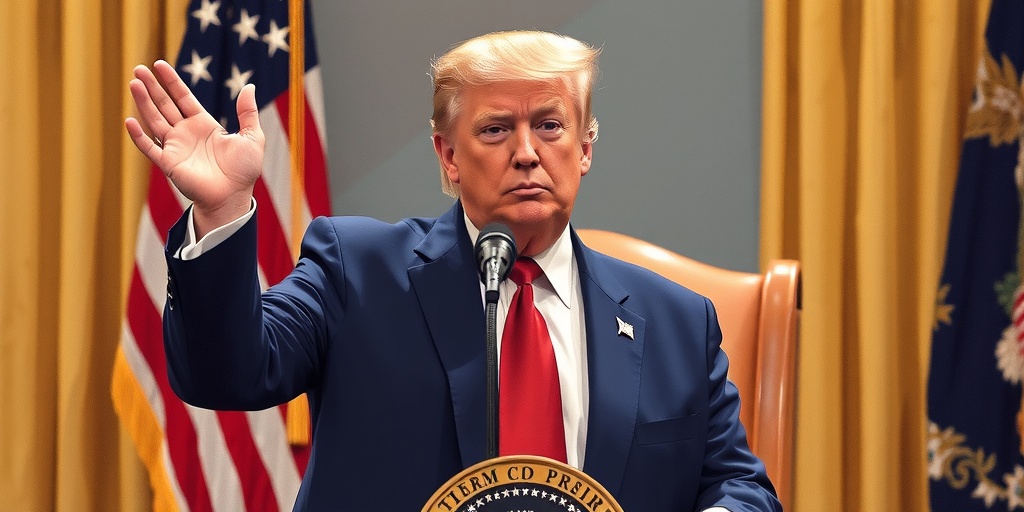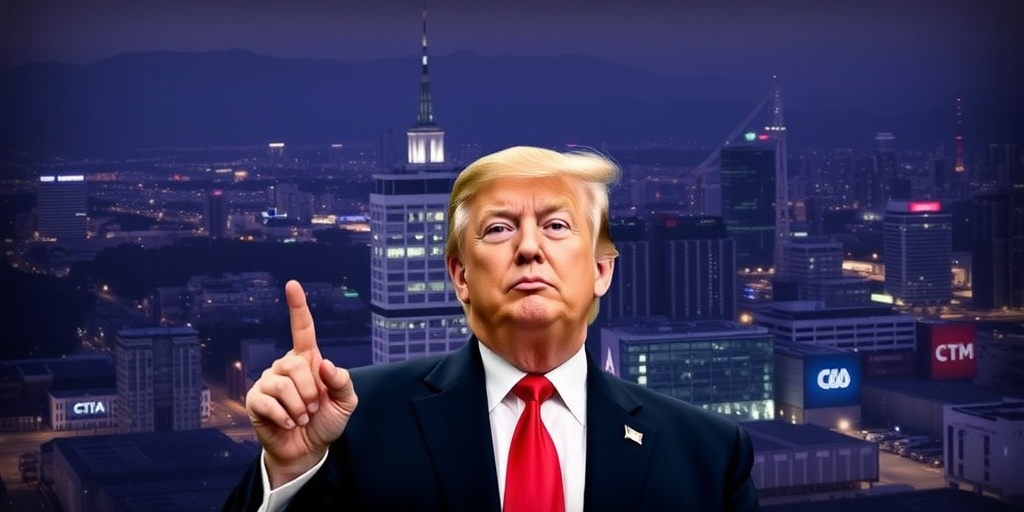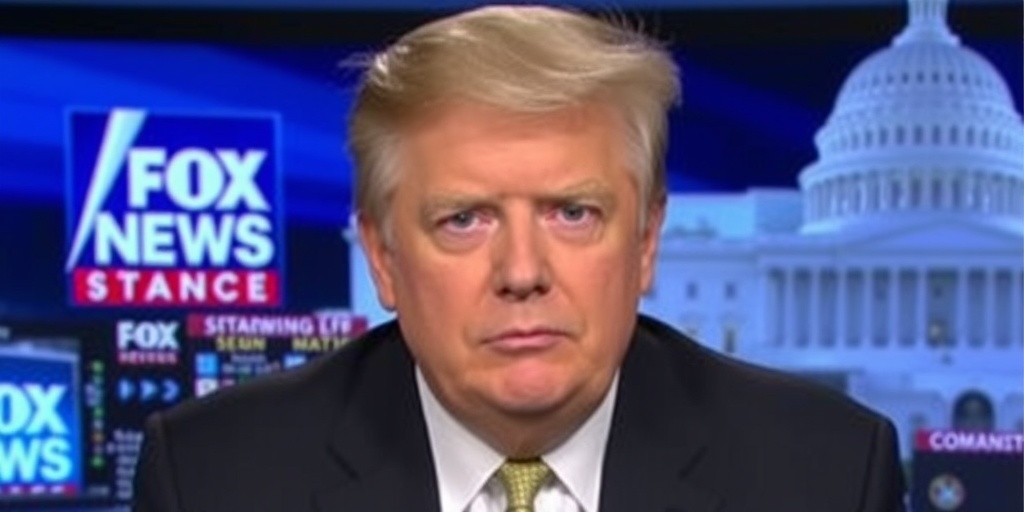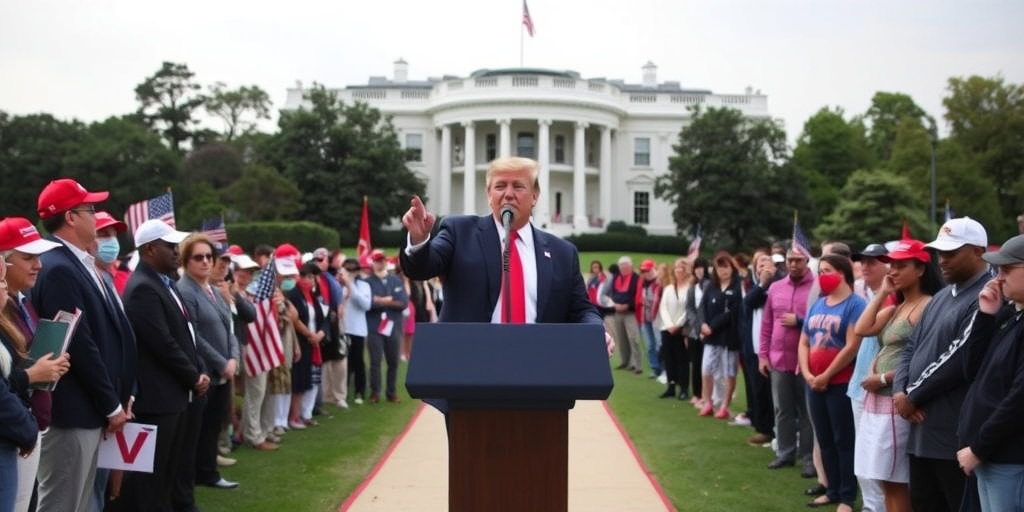Now Reading: Biden’s Federal Workforce Grows Fast but Remains Historically Low
-
01
Biden’s Federal Workforce Grows Fast but Remains Historically Low
Biden’s Federal Workforce Grows Fast but Remains Historically Low

Title: Federal Workforce Expansion Under Biden Administration Contrasts with Historical Trends
In the realm of federal employment, two seemingly contradictory realities coexist. On one hand, the Biden administration has embarked on an unprecedented hiring spree, expanding the federal workforce at a pace reminiscent of the 1980s. On the other hand, the size of the federal workforce remains near a historical low as a proportion of the overall employment landscape.
Over the past four years, the federal civilian workforce, which includes the Postal Service, has experienced a modest increase of approximately 4.4 percent, bringing the total to just over three million employees, according to data from the Labor Department. While this growth is notable, it pales in comparison to the rapid expansion seen in private sector jobs during the same period. Consequently, the federal government now represents only 1.9 percent of total employment, a significant decline from more than 3 percent during the 1980s.
As the nation prepares for the upcoming presidential administration, promises are being made to streamline the federal bureaucracy significantly. Notably, Vivek Ramaswamy, co-chair of Donald Trump’s proposed Department of Government Efficiency, has suggested that up to 75 percent of the federal workforce could face reductions in an effort to achieve $2 trillion in budget cuts. However, achieving such drastic cuts without compromising essential services presents a considerable challenge.
Contrary to popular belief, the overall size of the federal workforce has not dramatically increased. Max Stier, president of the Partnership for Public Service, noted that the current federal workforce is roughly on par with its size during the 1960s. Stier emphasizes that while the narrative portrays the federal workforce as ballooning uncontrollably, the reality indicates it has remained relatively stable and even shrinking over the decades.
Despite fluctuations during previous administrations, such as the 2.9 percent increase in staffing during Trump’s first term, certain agencies witnessed more significant contractions. However, by March 2024, various agencies have rebounded. For instance, the State Department, which experienced staffing reduction due to a hiring freeze under former Secretary of State Rex Tillerson, has since seen a nearly 20 percent increase in personnel, equating to approximately 2,300 new workers since 2020. Factors such as the pandemic-induced decline in travel also influenced these numbers, as staffing in passport processing units diminished during global lockdowns.
Moreover, the U.S. Agency for International Development (USAID) has grown by 23 percent to 4,675 employees, driven by increased demand for public health and humanitarian initiatives abroad. Notably, the hiring practices within various agencies have adapted in response to legislative initiatives, particularly related to programs established under the Bipartisan Infrastructure Law and the Inflation Reduction Act, which resulted in more than 9,000 new hires across responsible agencies.
The Treasury Department has also expanded its workforce significantly, particularly within the Internal Revenue Service (IRS), which recently boosted its staffing numbers to over 100,000 — the highest level since 1997. This increase was partly facilitated by an $80 billion allocation, later reduced to $40 billion, aimed at enhancing IRS operations. However, the most substantial growth has been observed within the Department of Veterans Affairs (VA), which has employed over 486,000 workers, marking nearly a 16 percent increase since 2020. The expansion aligns with initiatives like the PACT Act, which provides significant funding to support veterans exposed to hazardous substances during military service.
The composition of federal employees has also shifted. Veterans Affairs, alongside civilian employees within the Department of Defense (DOD) and military branches, constitutes about 1.25 million federal workers, which represents 55 percent of the total workforce, excluding the Postal Service and intelligence agencies. The active-duty military inducts an additional 1.4 million personnel, indicating a slight decline from 2020.
As discussions unfold regarding substantial budget cuts, experts highlight the implausibility of achieving a $2 trillion reduction while keeping the DOD intact. Randy Erwin, national president of the National Federation of Federal Employees, argues that such cuts would inevitably require significant reductions in military spending, which poses a considerable challenge.
While federal workplaces are expanding outside the Washington metropolitan area, staffing in D.C. has remained flat since 2020, contributing to just 12 percent of total federal employment. This trend is partially attributed to remote work policies, allowing agencies to recruit talent from all across the country. Despite the localized cost of living, federal positions remain significantly less lucrative than comparable private sector jobs, which creates difficulties in attracting skilled workers, particularly in technical fields.
Lastly, the size of the federal government is not solely defined by its payroll figures. Increasing reliance on federal contractors has ballooned the number of workers engaged in federal projects. Estimates from the Brookings Institution suggest there were approximately five million contracted workforce members as of 2020, offering a different perspective on the overall size and reach of federal employment.
In summary, while the Biden administration has seen some substantive increases in federal staffing, the overall size of the federal workforce is shrinking as a share of total employment. Yet, the complexities surrounding budget proposals and workforce management continue to reveal a dynamic landscape that challenges the conventional narratives surrounding federal employment growth.
Stay Informed With the Latest & Most Important News
Previous Post
Next Post
-
 01New technology breakthrough has everyone talking right now
01New technology breakthrough has everyone talking right now -
 02Unbelievable life hack everyone needs to try today
02Unbelievable life hack everyone needs to try today -
 03Fascinating discovery found buried deep beneath the ocean
03Fascinating discovery found buried deep beneath the ocean -
 04Man invents genius device that solves everyday problems
04Man invents genius device that solves everyday problems -
 05Shocking discovery that changes what we know forever
05Shocking discovery that changes what we know forever -
 06Internet goes wild over celebrity’s unexpected fashion choice
06Internet goes wild over celebrity’s unexpected fashion choice -
 07Rare animal sighting stuns scientists and wildlife lovers
07Rare animal sighting stuns scientists and wildlife lovers





















